Do Dogs Like Hugs?
11.03.2021.
Hugging is one of the ways humans express their love and affection towards their friends, family, and loved ones. As dog owners, we often want to squeeze our dogs and give them the biggest hug in the world. Dogs don’t usually respond in the same way, and more often than not, they try to break away from our grip and move away. The question is, “Do dogs like hugs?”
A 10-second hug among humans has many benefits to your health. This might sound surprising; according to Harvard University, researchers at the University of North Carolina proved that hugs could boost our health. Some of the health benefits hugs have on humans are:
- Decreases the feeling of loneliness
- Reduces existential fears
- Releases oxytocin
- Lowers blood pressure
- Boosts the immune system
- Relieves pain
- Lowers heart rate
- Relieves stress
- Deepens the relationship
The last health benefit got us thinking, and we started asking the question, “Do dogs like hugs?” Unfortunately, that is not how things work for our canine friends.
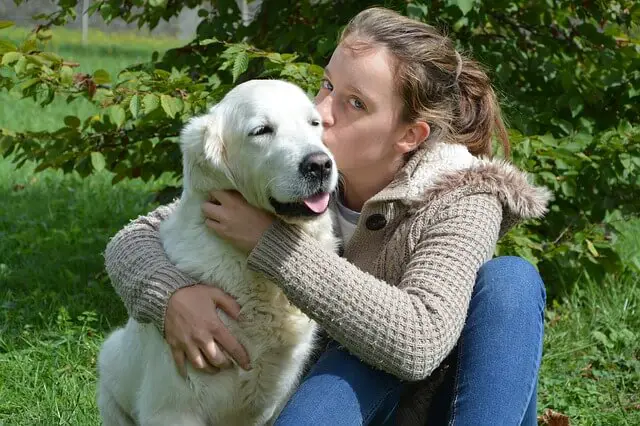
Should you hug your dog?
Expressing affection and love towards our canine companion is encouraged, but hugging is not the best way to express your love towards your furry best friend. The inability to hug them and their short life expectancy are the worst things about dogs, in our opinion.
Dogs have a different method of communicating, and they don’t like to be hugged. Putting your arms (or paws) over a dog is a display of dominance in their world. They will stiffen and stop moving. That is usually a sign a dog is not comfortable.
If you ever watched dogs play in parks and greet each other, hugging is never involved. They sniff, lick, bark, play bow, and even lightly bite each other during play, but hugging is never a part of their ritual. If you notice a dog playing a bit rough in the park, that dog is trying to “stand over” other dogs. They are pushing them down or trying to put paws over other dogs.
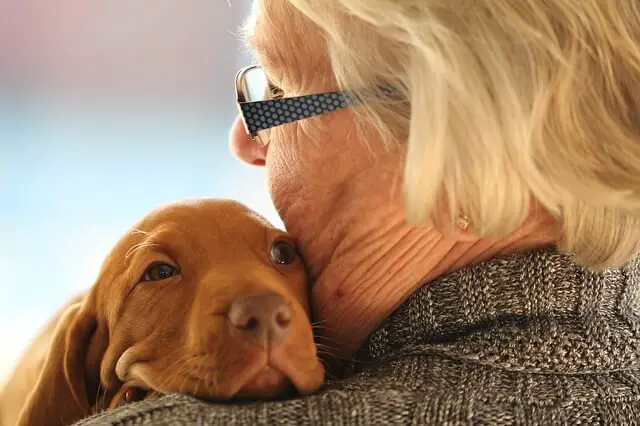
That sort of behavior is not considered aggressive, but it surely is dominant. Putting the paws over another dog or jumping on them is deemed to be assertive, bully-like behavior. It is not entirely confirmed, but most canine behaviorists believe it has something to do with the pecking order. Dominant, assertive dogs were the first ones to eat and mate in the wild. Some part of the modern dog’s brain probably has these instincts in them.
Have you ever watched your dog sleep and wondered about dogs and dreams? To learn more about dogs dreaming, check out this article - Do dogs dream?
Are hugs strictly forbidden?
Technically, no, they are not. Some dogs learn to tolerate them, especially therapy dogs, emotional support dogs, and some types of service dogs. Trying to give a hug to a police or military dog is not the best idea. They were trained to defend themselves, and the most probable reaction will be biting.
Another risky thing involving hugging your dog is putting your face close to the dog’s face. Dogs that do not tolerate hugs will instinctively put a paw (with claws!) towards your face, and others might try and bite.
Want to learn more about emotional support dogs? Check out this article - Emotional support dogs.
How do dogs express affection?
Hugging can be tolerated, but dogs do not prefer it. There are many different ways dogs express love, emotion, and affection towards their owners. Unfortunately, hugging is not one of them. Some of the ways dogs express their affection are;
- Guarding you while you eat
- Leaning
- Rub their faces into their owner
- Eye contact
- Sharing their toys with their owner
- Cuddling
- Nosing (light nudge with their nose)
- Sighing next to their owner
- Licking their owner
- Rolling on their back
- Jumping on their owners (not something that should be encouraged)
It is vital parents teach their kids how to interact with dogs properly. Kids do not understand that dogs don’t like hugs, and they can try to hug a dog. That is a perfect formula for a disaster.
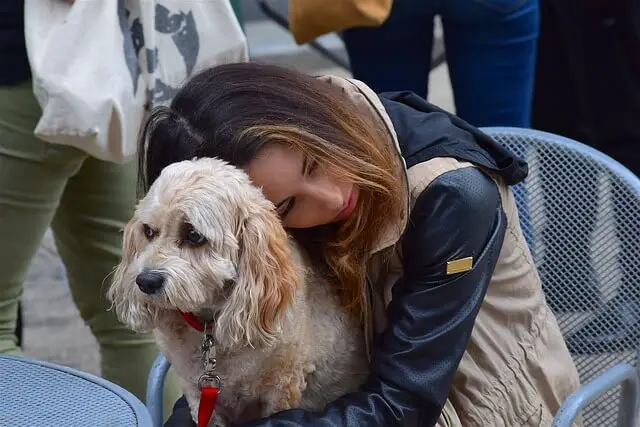
Now you know why you shouldn’t hug your dog. If you are interested in showing them affection, a simple cuddling session on the couch or a nice belly rub will be more than enough.
If you want to learn more about a dog’s body language, check out this article - Understanding a dog’s body language.
World Dog Finder team

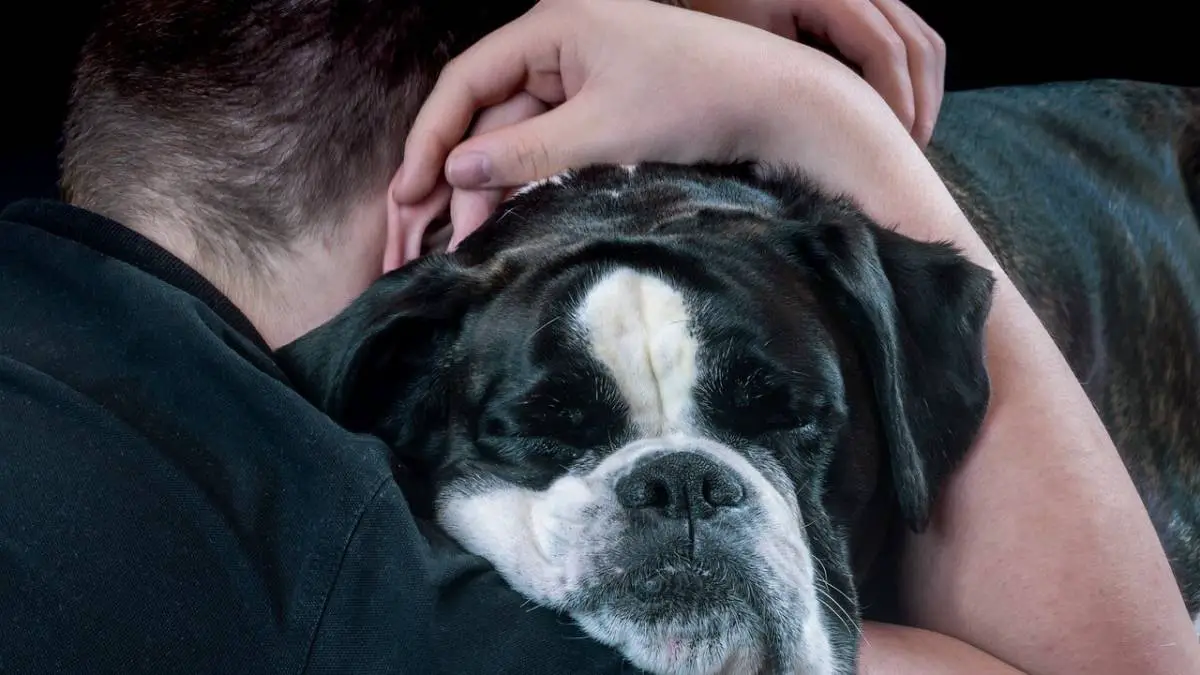



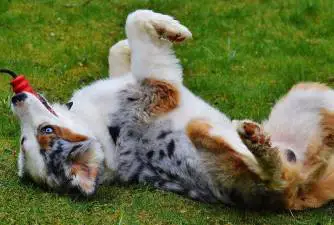

Share